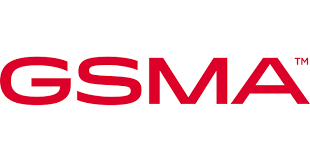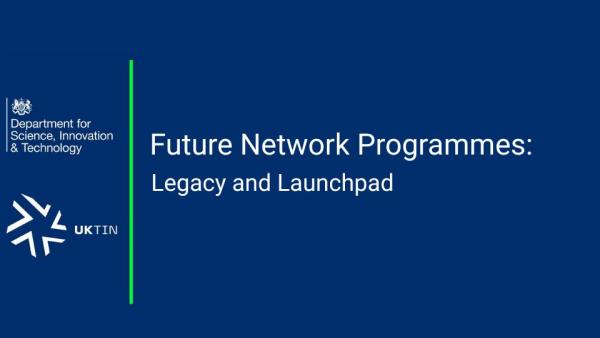Last year saw the governments of the UK and the Republic of Korea (RoK) announce a joint-funded £3.6m competition to collaborate on a “world-first” R&D project to accelerate the development of Open Radio Access Network (Open RAN) technology.

The UK winners of this competition were then announced by DCMS in December. UKTIN speaks to Chris Hardley, Head of International Telecoms R&D at DCMS to learn more.
1. What is the objective of the RoK collaboration?
We’re seeking to bring together researchers and companies from the UK and RoK, with the support of the two governments, to tackle some of the key challenges to the development and deployment of 5G and open RAN technologies, such as power and energy efficiency. This represents a vital element of delivering the UK’s telecoms diversification strategy, which promotes international collaboration and policy coordination between global industry and government partners to drive long-term and sustainable change in the telecoms supply market.
2. What will the projects be working on, both in the UK and RoK?
The projects will focus on assessing and improving power efficiency in Open RAN technologies, a key barrier to widespread adoption—chiefly because the radio access network and power amplifiers represent a large share of the energy consumption in mobile networks and somewhere between 20 and 40 per cent of site operating expenditure for operators
The consortium will build on the end-to-end Open RAN-compliant 5G Stand-Alone network established through the Flex-5G project, also supported by a DCMS grant. This new project will develop a next-generation Digital Antenna System (DAS) using cutting-edge technologies such as the world's first use of Reconfigurable Intelligent Surfaces (RIS). The idea is to test these technologies in different scenarios with the partners and conduct assessments to improve energy efficiency. The consortium is led by AWTG Limited, working alongside Virgin Media O2, BAI Communications, The University of Surrey 5G/6G Innovation Centre and Lime Microsystems. On the Korean side, we have SoLID, a provider of innovative distributed antenna systems (DAS), and RFHIC, which are a global leader in designing and manufacturing GaN-based radio frequency & microwave devices to high power generator systems.
Above: Picture from the initial kick-off Collaboration Event held in London 2022
3. How will the UK-led project interweave with the RoK project?
The idea is that the participants will work together to conduct the assessment and jointly analyse the results, seeking to identify how to tackle the efficiency challenges. DCMS hosted a project launch event at Digital Catapult on the 30th of November 2022. The UK and RoK consortia were brought together for this initial workshop to kick off the partnership, something that we hope will continue over the next two years.
We want to make sure that the participants are regularly communicating and disseminating their findings more broadly. At the launch event, DCMS Director General Susannah Storey and President Sung Bae Jun of the Korean Institute for Information & Communications Technology Planning & Evaluation (IITP) actually signed a term of reference to guide how our governments would guide this cooperation and support future R&D exchanges. We have an excellent working relationship with our Korean partners and we are grateful for their continued, enthusiastic cooperation which we are confident will deliver strong outcomes.
4. What made RoK best-suited for this collaboration?
The project follows on from a previous telecoms collaboration between the UK and Korea in 2019. This continued partnership reflects the fact that RoK is a very close international partner with the UK across the digital space. The country has a highly advanced economy full of relevant tech and telecom companies in addition to its own advanced domestic 5G development rollout. The UK seeks to build on these relationships between governments and economies to try and build opportunities which benefit both sides.
5. What will the projects’ innovations mean for the UK ecosystem and how we are perceived on the global stage?
We hope that projects like this will demonstrate internationally that the UK is a thriving, dynamic place for telecoms R&D and innovation. This will provide an opportunity for UK researchers and companies to really showcase their capabilities. In turn, the projects should lead to an increased exchange of knowledge and strengthen the telecoms ecosystem and enable researchers and companies to seize new global opportunities.
We’ve always been clear that international cooperation is an essential part of achieving a secure, diverse and resilient telecoms supply chain. This is our first international R&D collaboration for telecoms diversification and it is an important first step to demonstrate the UK as a place of active research and shows that we are taking action to tackle consolidation in the supply chain.









